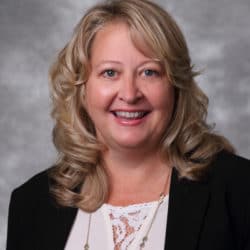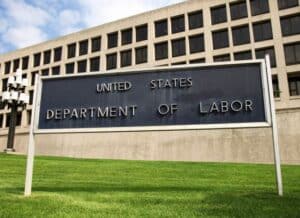Unlike some fishing enthusiasts, not-for-profits don’t usually “throw back” contributions from the small fry in its donor base. Modest donations, after all, add up. But landing some big fish can make a whale of a difference to an organization’s financial security.
Unfortunately, major donors don’t usually knock on a charity’s door and hand over millions of dollars. You have to work to find them and then earn their trust and confidence. Here are seven practical suggestions:
- Upsize your annual fund. Your annual fund is where you accumulate money raised throughout the year. Typically, this fund is used to pay day-to-day operational expenses — and whatever is left over can be used for new initiatives, program expansion and other projects. Annual funds usually have a secondary purpose: They enable you to strengthen bonds with your nonprofit’s supporters.
To keep your annual fund robust and even grow it, spend time evaluating current donors to determine whether they’ve reached their full giving-level potential. Focus on those who’ve made large contributions in the past but might not have done so in recent years or on mid-level donors who may be prepared to take the next step but need a nudge.
- Research prospects. A donor’s record of contributing to similar or complementary nonprofits can indicate a willingness to at least listen to your pitch. As the names of potential donors cross your radar, gather biographical information, including where they grew up, went to school, worked and volunteered, and learn about their community involvement and philanthropic interests. Then tailor your message to your audience. For example, if a prospect grew up poor and attended your community’s public schools before acquiring wealth, he or she might be interested in supporting your stay-in-school and tutoring programs.
- Work special events. If you hold special events such as an annual gala, make sure you meet supporters’ guests, particularly guests of major donors. These guests may already be interested in your cause and are more likely to donate if a friend or business associate is a big supporter of your organization. If your event sponsors live and silent auctions, pay attention to the high bidders and follow up with them either at the event or the following week.
- Take an interest in politics. The type of people who make large contributions to political campaigns also often generously support charities. Making political gifts indicates someone has the resources to give and the desire to invest personally in a cause. Unless your prospects donate exclusively to political action committees, their political donation records generally should be public.
- Locate the wealth. One way to identify wealthy individuals in your community is to research public property records. Targeting real estate owners may at first seem like a strange suggestion, but research has shown a correlation between expensive property ownership and charitable giving. You can obtain property owner information from county tax assessors and current property values from sites such as Zillow and Trulia.
- Network with for-profit companies. Companies can provide a large pool of potential donors if you can establish strong connections with them. For example, you might partner with a local business for an employee volunteer day or snag a large national company sponsorship for an event. Working closely with the owners and executives of these companies gives you opportunities to sell them on your cause and mission. That way, when these individuals make charitable gifts, your organization will already be on their short list. The corporate world also can provide you with excellent prospective board members.
- Make your database work for you. It’s critical to keep your donor database tidy. Regularly review it and eliminate deceased or inactive individuals, verify and update information such as addresses and phone numbers, and consolidate duplicate entries. If you don’t already have procedures for entering data into your donor database, document them now and make sure all staffers follow them.
Also, although you don’t need expensive technology, your database should be able to:
- Integrate with other software,
- Provide automated communications, and
- Function on a mobile-friendly basis.
If your staffers aren’t proficient with your database, arrange for software training so they’ll be able to maximize its potential.
For more information, contact Julia Lafferty using our online contact form.
Councilor, Buchanan & Mitchell (CBM) is a professional services firm delivering tax, accounting and business advisory expertise throughout the Mid-Atlantic region from offices in Bethesda, MD and Washington, DC.



